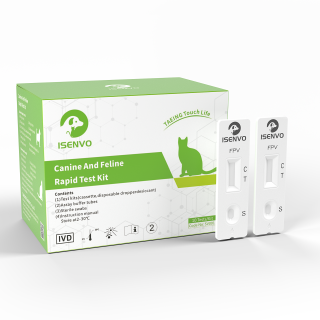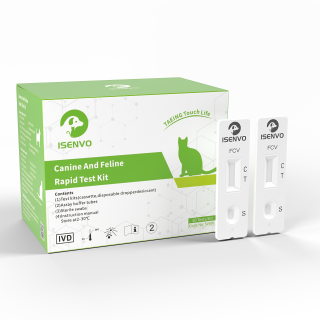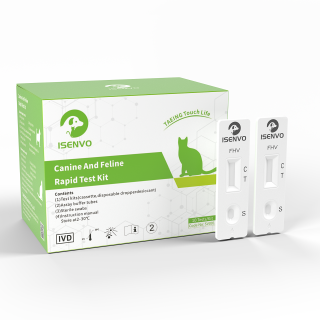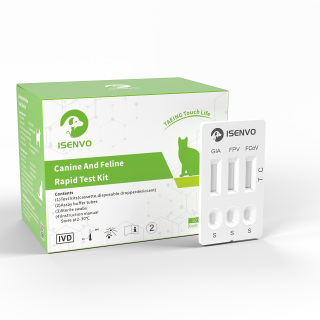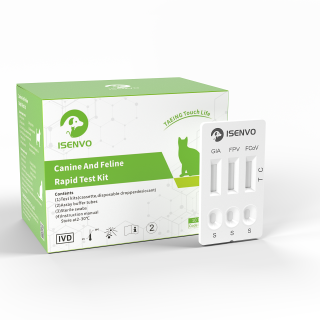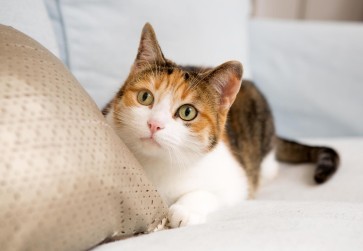After raising pets, many pet owners pay great attention to their daily cleaning. Not only do they bathe them regularly, but they also squeeze their anal glands, cut their nails, and clean their ears...
Speaking of cleaning ears, some pet owners are not only keen on cleaning their own ears, but also like to clean the ears of cats and dogs. But the ears of cats and dogs really can't be cleaned!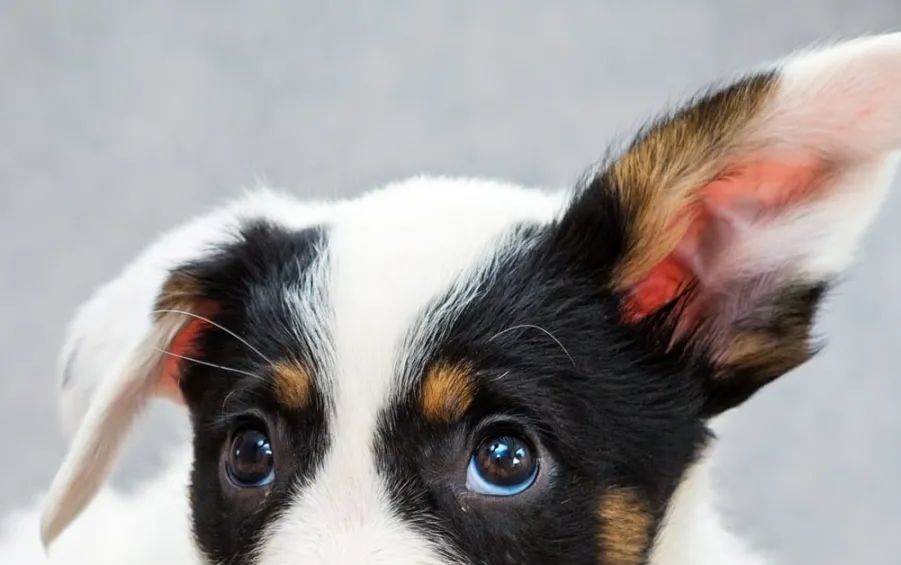
1.The ear canal structure of dogs and cats is special
The ears of dogs and cats are composed of auricle, outer ear, middle ear and inner ear. Unlike the external ear canal of humans, they are not straight, but are divided into two parts, vertical and horizontal, in an "L" shape. Due to differences in breed and body shape, the shape and size of the external ears of dogs are different. Some breeds of dogs have abundant hair in their ear canals, and the differences between cats' external ear canals are smaller.
So if you blindly clean the external ear canal of cats and dogs with cotton swabs and other tools, not only will the dirt not be cleaned out, but it will be pushed to a deeper position. Pets will also struggle because of fear, which makes it easier to damage the ear wall and cause infection. It is also possible that the cotton head will accidentally fall into their ear canal. Every year, there are many cases where the cotton head of the cotton swab accidentally falls into the ear when the pet owner cleans the pet's ear and needs to be removed under anesthesia.
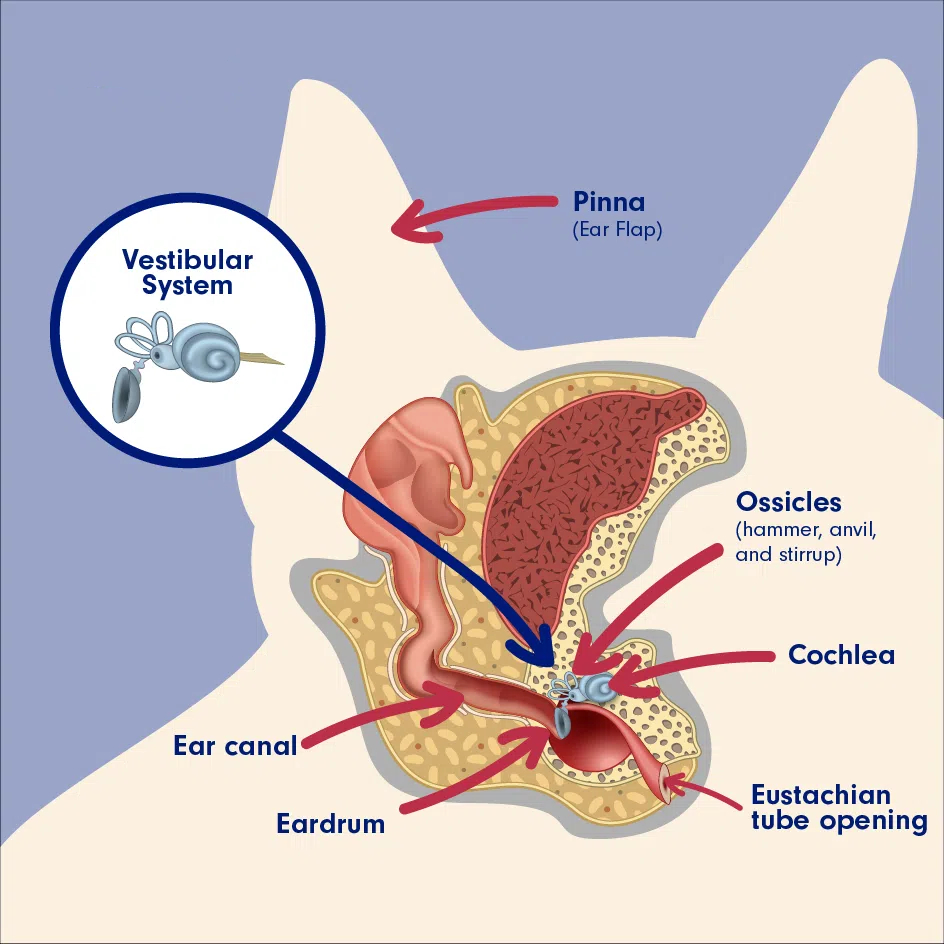
2. How to clean the ear canal correctly
Prepare tools: pet-specific ear wash, waste newspaper, medical cotton balls
● Pour the pet-specific ear wash into the ear canal of the furry child until the liquid surface can be seen;
● Gently touch the base of the ear to fully dissolve the secretions in the ear canal;
● Let the pet shake its head naturally, and use waste newspaper to cover itself when shaking its head to avoid stains on the body;
● Use medical cotton balls to wipe off the stains on the outer ear, and remember not to dig inside.
Healthy ear canals can be cleaned once every 7 to 14 days. If you clean them too much, it will be counterproductive.
3. How to judge whether the ears are healthy
Generally, cats and dogs with no abnormal ears do not need to clean their ears frequently. So how do you tell if their ears are healthy?
First, you can "observe from a distance" and observe whether cats and dogs often kick their ears or shake their heads. This may be due to ear itching. Also observe whether they walk unbalancedly or often tilt their heads. This may be due to abnormalities in the inner ear, which is more serious.
"Observe closely" to see if there is hair loss, scratching, or redness in the ears? Is there an increase in secretions in the ear canal? Also smell it. If there is an obvious odor, be more vigilant! If there are no problems above, the ears of cats and dogs are usually healthy!
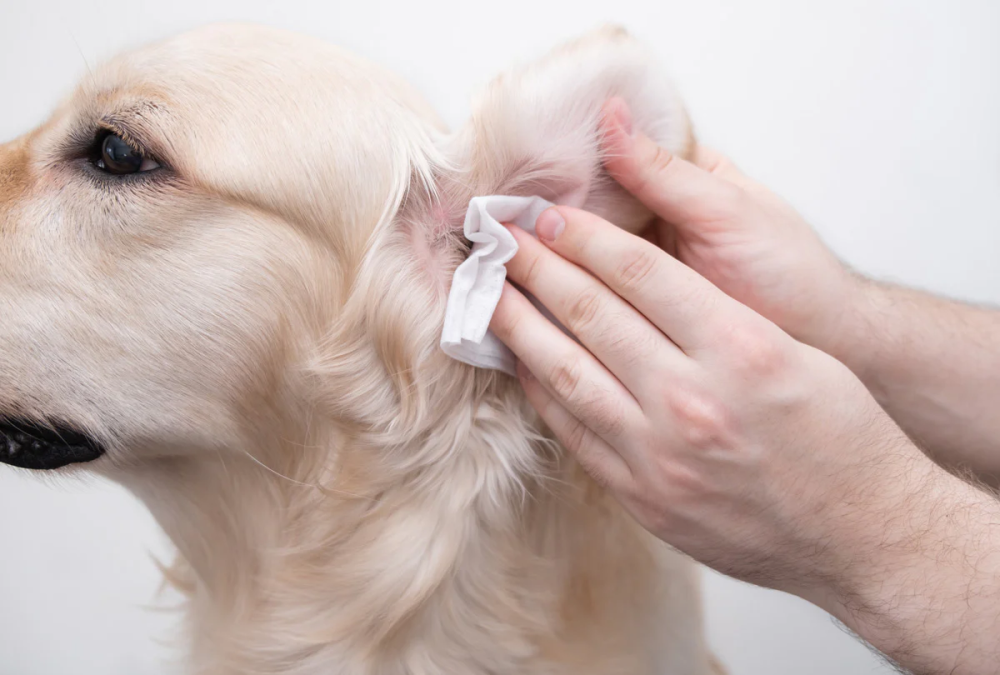
4. Don't do these
In addition to using cotton swabs to clean the ears, you can't do these things:
●Use non-pet-specific ear wash: Some shit shovelers will use clean water, salt water, etc. to clean the ears of cats and dogs, but this will not only have a poor cleaning effect, but also damage the ear canal skin and eardrum if used improperly.
● Plucking ear hair by yourself: Some dogs have hair in their ear canals, and pet owners will pluck their ear hair by themselves. However, this operation requires the use of ear hair powder, combined with professional tools and techniques, to better reduce their discomfort.
● Neglecting deworming: Ear mites are a common parasite that can cause severe ear itching, so you can use some deworming medicine to prevent ear mites on a daily basis.
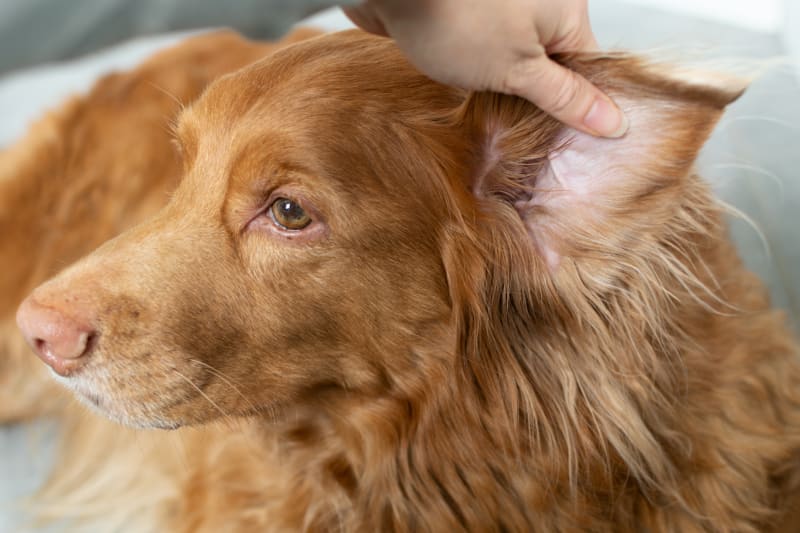
Therefore, pet owners should use the correct method to clean the ear canals of cats and dogs. If you can't clean it yourself, ask for help from professional pet beauticians. Observe more often on a daily basis, seek medical attention in time if there is a problem, and don't torture it with the wrong method.




